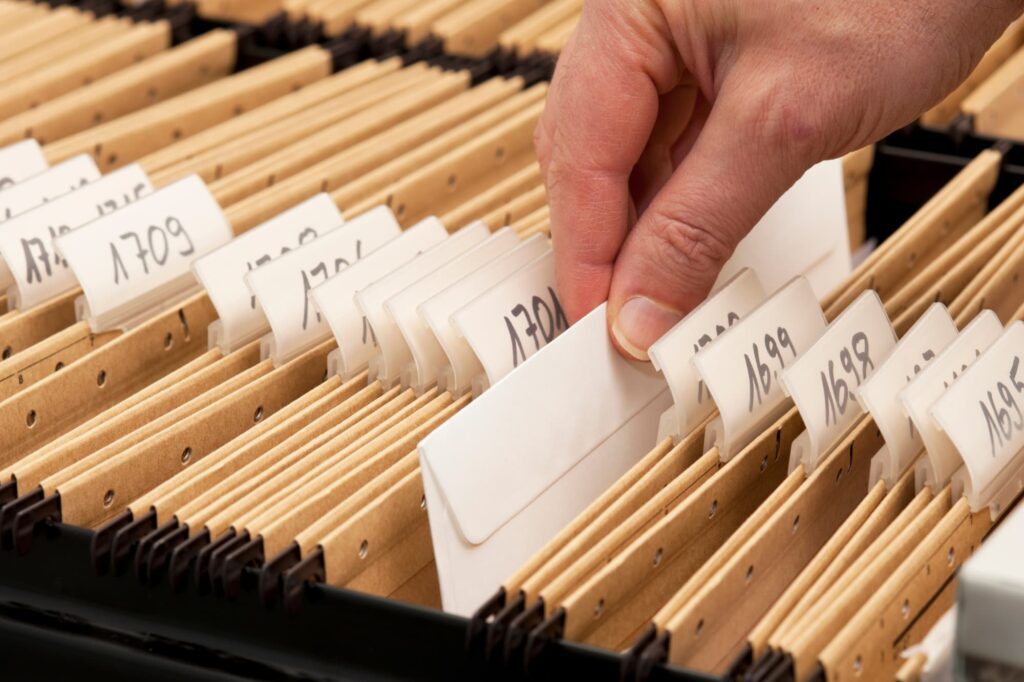Serving someone with legal documents can sometimes be a challenging task. Not everyone who needs to be served will make themselves completely available, and some will do everything possible to avoid being found. When you really think about it, this makes sense. Defendants in child support cases, divorces, civil lawsuits, and small claims cases may try to avoid or delay the legal system and do whatever they can to avoid this essential part of the process. But what if the defendant is in jail or prison? Does this make the process easier or more difficult?

Serving an Incarcerated Individual Has Unique Challenges
Process serving is an integral part of our legal justice system. Protocols and regulations must be followed when defendants in lawsuits are legally informed that they must report to a court date or respond in some way to a legal matter. A process server is responsible for delivering what is sometimes considered bad news. Although some are easily served, others aren’t.
One of the issues that process servers must overcome is locating the individual who must be served. Sometimes, this is a simple task, and sometimes, it is not. One would think that serving a defendant with a permanent address, a place they cannot leave would be as easy as pie. Unfortunately, this isn’t always the case.
Serving an incarcerated individual isn’t as easy as showing up at the prison and handing the documents to the correction officers or someone manning the front desk. Process serving regulations must be followed, and sometimes, servers have to change up their typical serving strategies when dealing with correctional institutions. The process can become even more confusing since each state may have different regulations concerning process serving in prisons and jails.

How to Serve an Inmate
Depending on the state, they may have different regulations that dictate how to serve papers to an incarcerated individual. However, in general, this is how the process works.
Identity the Institution
Just as a process server would do for any other individual, the first step is to locate where they live. And in this case, it’s either a county jail, detention center, or prison. This can be easily accomplished by using an inmate locator website for the state’s correctional facilities, or if they’re incarcerated in a federal prison, by using the Federal Bureau of Prison’s inmate locator website.
Understand the Rules to Visit
Each correctional facility may have different procedures for how process service is carried out. Contact the facility and inquire about how to deliver documents to the inmate. There will most likely be a background check involved for the server.
Request a Visit
Once the server understands how the process service is carried out at the facility, it’s time to request a visit with the inmate. It’s important to note that inmates do have the right to deny the visit.
Effectuate Service (Deliver the documents)
Just as is done with serving someone on the streets, the documents will be given to the inmate, who must sign that they were received.
Document the Service
Once the papers have been served to the inmate, the process server will complete the affidavit and file it with the court.

What If the Inmate Refuses the Visit?
Unfortunately, this is a reality for some process servers. Just because the individual is incarcerated, making them easily located, doesn’t mean that they’ll be willing to be served. In some circumstances, the inmate will refuse to accept the visit. While this may seem like a problem, many times, it’s not.
Depending on the state, an attempt at delivery to an inmate may be deemed complete if the server follows all jail or prison protocols for a visit and the inmate refuses to meet. Furthermore, if the inmate has retained a lawyer, they can be served the documents. The court must be notified that an attempt to deliver the documents to the inmate was made, but the inmate refused to meet with them. The court will then decide if serving the papers via the inmate’s lawyer is acceptable.
Another possible scenario is if the inmate is on lockdown, meaning they aren’t allowed visitors and are rarely permitted to leave their cell. In this situation, sometimes, the prison administration will assist in the delivery of the documents.
Each state and jurisdiction may have different regulations regarding serving an inmate. In most circumstances, serving an inmate is more or less the same as serving an individual out on the streets. In both cases, they could deny the service, but any good server knows that most of the time a “drop serve” is acceptable.
Process Serving in Prison Explained
If you need to serve a defendant with documents, whether inside a correctional facility or out in the free world, you’ll want to work with a process server who knows the industry. With over 3 million completed serves, Firefly knows how to get things done. Before you hand over this important task to anyone, give us a call.






